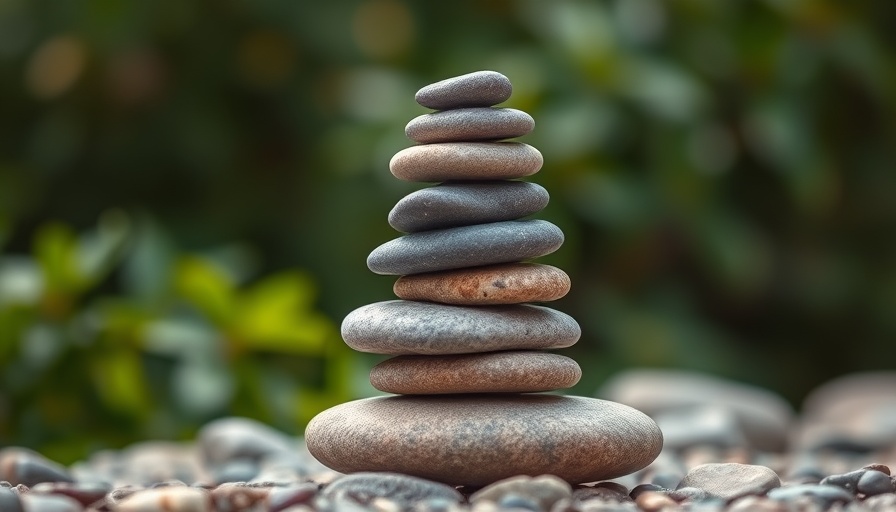
Understanding the Nine Attitudes of Mindfulness
Mindfulness is often celebrated as a pathway to inner peace and well-being, with its core principles outlined by Jon Kabat-Zinn in the Nine Attitudes of Mindfulness. These attitudes, such as non-judging and patience, serve as guiding stars for many on their wellness journeys. But does this seemingly straightforward list hold the potential for harm?
Balancing Practice: When Mindfulness Gets Misunderstood
While the Nine Attitudes are intended to cultivate awareness and compassion, they can also lead to confusion when misapplied. For instance, the attitude of non-judging emphasizes observing thoughts without labeling them. However, this can sometimes cross into the territory of self-denial, such as a person excusing disrespectful behavior in a relationship simply because they are trying to practice ‘non-judgment.’ Here, the intent to foster understanding inadvertently neglects self-respect and personal boundaries.
Patience: A Double-Edged Sword
Similarly, patience can be misinterpreted as endless waiting. There’s a fine line between passing through challenging times in the hope of improvement and remaining in situations that are detrimental to mental health. Perhaps a professional stays in a toxic job, believing that practicing patience will eventually yield a better environment. Instead, what may be needed is the courage to make a change.
Embracing Beginner's Mind: Honoring Experience
The notion of a 'beginner's mind' can sometimes lead to the unfortunate dismissal of valuable life experience. Engaging with new perspectives and openness is crucial, yet it should not mean discarding the wisdom gained through previous struggles. In reality, effective mindfulness practice encourages us to integrate knowledge from both fresh insights and past lessons.
Trust: Maintaining Boundaries
When we encourage trust—whether it's in ourselves, others, or the universe—we should remain vigilant about how this applies in different contexts. Blind trust can lead to neglecting personal needs or ignoring red flags in relationships. Healthy trust involves protecting oneself while being open to the world around.
Letting Go: Recognizing the Limits
Letting go is another attitude that can misguide us. The intention of letting go of attachment can turn into denial when we fail to accept certain emotions or situations. Finding the balance means acknowledging reality while gracefully moving forward.
The Growing Concerns: Mindfulness In Modern Contexts
The subtleties of these attitudes showcase a vital reality: the more we embrace mindfulness in a rigid way, the more likely we are to face issues that undermine our emotional and psychological wellness. It's essential to analyze what happens when these principles become dogmatic ideals.
Navigating Toward Healthy Mindfulness Practices
So, how can we ensure that mindfulness remains a beneficial practice rather than a set of unyielding expectations? Here are three suggestions:
- Apply Dialectical Thinking: Recognize that each attitude has its place and counterbalance. For example, being patient isn’t about tolerating toxicity; it’s about waiting for the right moment to act.
- Integrate Flexibility: Allow yourself to adapt mindfulness principles to personal circumstances, encountering life’s complexities with an informed approach.
- Seek Community Support: Engaging with fellow mindfulness practitioners can provide varied insights and experiences that make the journey richer and more contextual.
Concluding Thoughts: The Heart of Mindfulness
Mindfulness is a journey packed with potential. By remaining aware of how we apply these attitudes, we can avoid misconceptions that lead to detrimental behaviors. Instead, we should foster a balanced perspective, treating these mindfulness principles as navigational tools rather than rigid laws.
Remember, mindfulness should elevate you, not trap you. It’s about evolving as a self-witness and nurturing a sincere relationship with yourself and the world.
 Add Row
Add Row  Add
Add 




Write A Comment